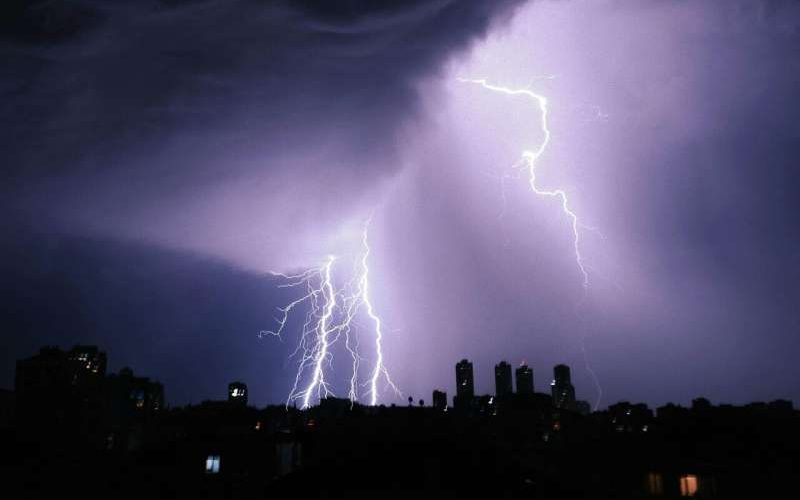A new study led by Dr. Roy Yaniv from the Institute of Earth Sciences at The Hebrew University of Jerusalem and Sheba Medical Center, in collaboration with Dr. Assaf Hochman from The Hebrew University and Prof. Yoav Yair from Reichmann University, has made significant advances in understanding how atmospheric electric field measurements can help predict severe weather events.
The research paper, titled “Understanding heavy precipitation events in southern Israel through atmospheric electric field observations,” is now published in Atmospheric Research.
By closely examining low-pressure winter weather systems, known as “Cyprus Lows,” in the arid Negev Desert of southern Israel, this research reveals new insights into the role of the electric field in anticipating heavy precipitation.
Focusing on “wet” Cyprus Lows—situations where rain falls as a cold front moves through—researchers observed substantial increases in the potential gradient of the electric field. Minute-by-minute data showed potential gradient values rising sharply from typical fair-weather levels (about 100–200 volts per meter) to hundreds and even thousands of volts per meter during rainfall.
These surges occurred as convective clouds passed overhead, indicating that different cloud types produce unique electric field patterns. The study also highlighted that factors beyond rain intensity, such as cloud structure and the electrical charge of rain droplets, play roles in these electric fluctuations.
Through these findings, the researchers identified how electric field variations correlate with specific weather conditions. This enhanced understanding of electric field responses to weather events could significantly improve nowcasting systems for predicting extreme weather, particularly in regions prone to flash floods and sudden weather changes.
In Israel, situated between desert and Mediterranean climates, slight shifts in a low-pressure system’s location can lead to dramatic changes in local weather. Consequently, monitoring electric field dynamics may provide early warning signs of severe weather, enhancing community preparedness in a changing climate.
“This research demonstrates how electric field variations can serve as indicators of shifting weather patterns, allowing us to anticipate severe weather events in real-time,” said Dr. Yaniv. “The ability to identify these changes early is especially crucial in vulnerable regions like Israel, where even minor shifts in climate conditions can lead to major local impacts.”
This study highlights the importance of incorporating electric field observations into weather monitoring systems, particularly in arid and semi-arid regions that are increasingly vulnerable to the impacts of climate change.
Read more at Phys.org





